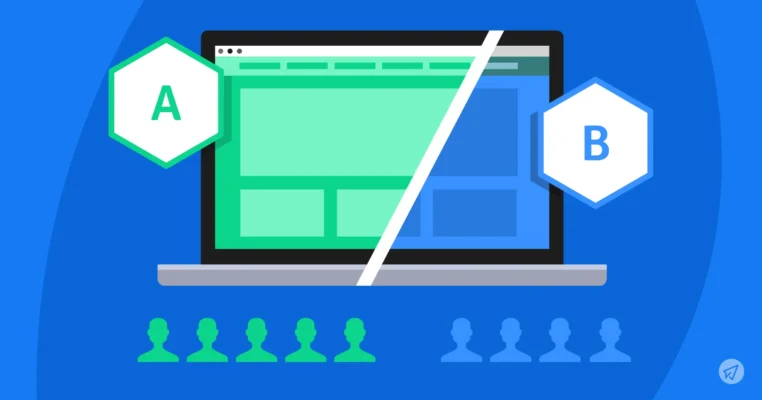Physical Address
304 North Cardinal St.
Dorchester Center, MA 02124
Physical Address
304 North Cardinal St.
Dorchester Center, MA 02124
How Do I Analyze A/B Test Results in GetResponse?
Problem: You’ve run an A/B test in GetResponse and now you’re stuck on how to make sense of the results. You’re wondering if the data backs up your hypothesis or how to make decisions based on the test outcome.
Agitation: This is leaving you second guessing your marketing. Without analysis you’re going to make changes that harm your campaigns instead of improving them. And worse you’ll lose valuable insights from your A/B test if not interpreted correctly.
Here’s how: We’ll walk you through how to analyze A/B test results in GetResponse in easy steps. Email subject lines, call-to-action buttons, landing pages – whatever you’re testing we’ll show you how.
A/B testing allows you to compare two versions of a campaign element to see which one performs better. In GetResponse, A/B testing is super useful for email marketing campaigns. You can test subject lines, sender names, content layout and even send times.
Check out this example: A digital marketing agency A/B tested an email campaign promoting an online course. Version A had a subject line focused on exclusivity (“Unlock Your Free Course Access”) and Version B had a benefit (“Learn New Skills for Free”). The agency found Version B had a 23% higher open rate. They used this insight to craft future email campaigns with benefit-driven subject lines and saw overall engagement increase.

Here, you’ll find a summary of key metrics:
The winning metric should align with your campaign goal:
Pro Tip: If your goal is sales, don’t rely solely on open rates. A high open rate doesn’t guarantee conversions. Always prioritize the metric tied to your business outcome.
GetResponse provides statistical significance calculations to help you determine whether the results are reliable or due to random chance. Look for results with at least 95% significance.
In the aforementioned case study:
Using GetResponse’s significance tool, the results showed 96% significance. This indicated that Version B’s performance wasn’t just luck—it was a clear winner.
GetResponse allows you to segment your audience based on factors like geography, device type, or engagement history. Use this data to see if certain groups responded differently.
Example: In the same case study, the agency noticed:
This insight encouraged them to optimize emails for mobile users in future campaigns.
Averages can sometimes hide important details. Analyze:
Analyzing A/B test results in GetResponse doesn’t have to be hard. Follow this guide and avoid these mistakes and you’ll get valuable insights to improve your marketing. Remember, always align your analysis with your campaign goals and base decisions on data not assumptions.
Go ahead: Log in to your GetResponse account, check your recent A/B tests and start applying these now!